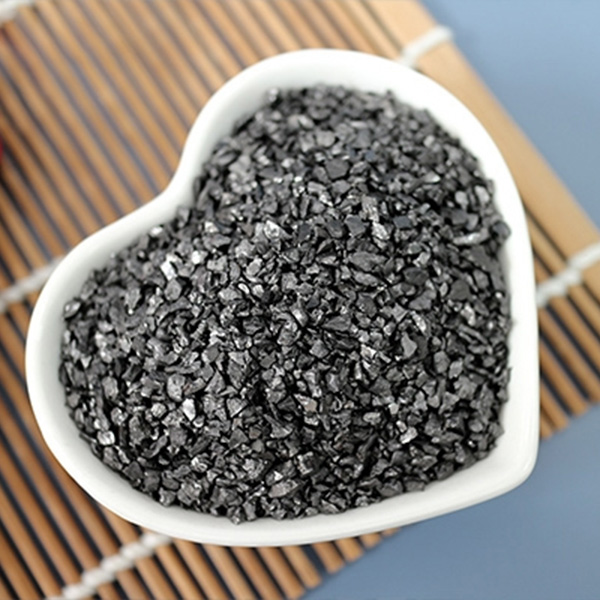Factory Outlets Ferroalloys - Graphite Crucible – Yunai
Factory Outlets Ferroalloys - Graphite Crucible – Yunai Detail:
Graphite crucible is made of natural flake graphite as the main raw material and plastic refractory clay or carbon as binder. It has the characteristics of high temperature resistance, strong thermal conductivity, good corrosion resistance and long service life. In the process of high temperature use, the coefficient of thermal expansion is small, and it has certain strain resistance to rapid cooling and rapid heating. It has strong corrosion resistance to acidic and alkaline solutions, has excellent chemical stability, and does not participate in any chemical reactions during the smelting process. The inner wall of the graphite crucible is smooth, and the melted metal liquid is not easy to leak and adhere to the inner wall of the crucible, so that the metal liquid has good fluidity and castability, and is suitable for various mold casting. Due to the above excellent characteristics, graphite crucibles are widely used in the smelting of alloy tool steel and non-ferrous metals and their alloys.
The impurity (ash content) of the artificial graphite crucible is less than 1%, which is used for refining high-purity metals, as well as high-purity graphite (ash content <20ppm) after special purification. Artificial graphite crucibles are often used to melt a small amount of precious metals and high-purity metals or high-melting point metals and oxides. It can also be used as a crucible for gas analysis in steel.
Graphite crucible has good thermal conductivity, high temperature resistance, corrosion resistance, low thermal expansion coefficient and good chemical stability. In the process of use, even if the temperature is high, it can still maintain good performance; sudden changes in cold and hot temperatures still have little effect on the performance of the crucible. Graphite crucible has good performance in smelting alloys, non-ferrous metals and other alloys, so it is widely used in metallurgy, casting, machinery, chemical industry and other industries.
Product detail pictures:

Related Product Guide:
We provide good power in high-quality and progress,merchandising,revenue and internet marketing and operation for Factory Outlets Ferroalloys - Graphite Crucible – Yunai , The product will supply to all over the world, such as: Birmingham, Albania, Bahamas, Our products are sold to the Middle East, Southeast Asia, Africa, Europe, America and other regions, and are favorably appraised by clients. To benefit from our strong OEM/ODM capabilities and considerate services, please contact us today. We will sincerely create and share success with all clients.
Problems can be quickly and effectively resolved, it is worth to be trust and working together.




 Quote Now
Quote Now


